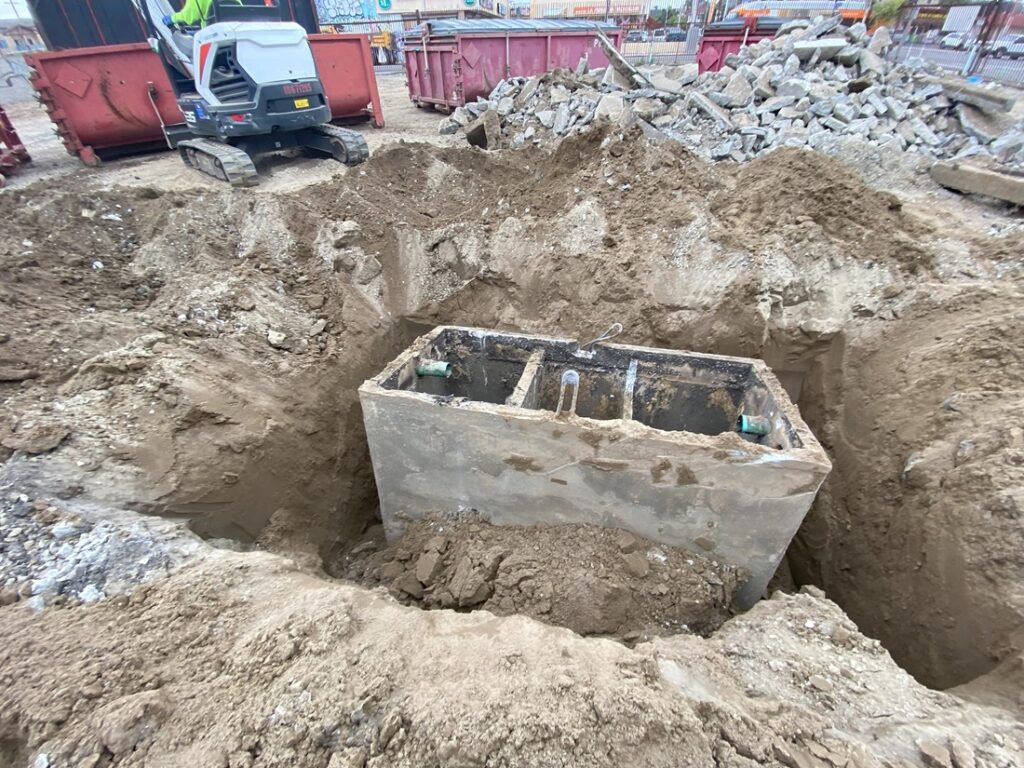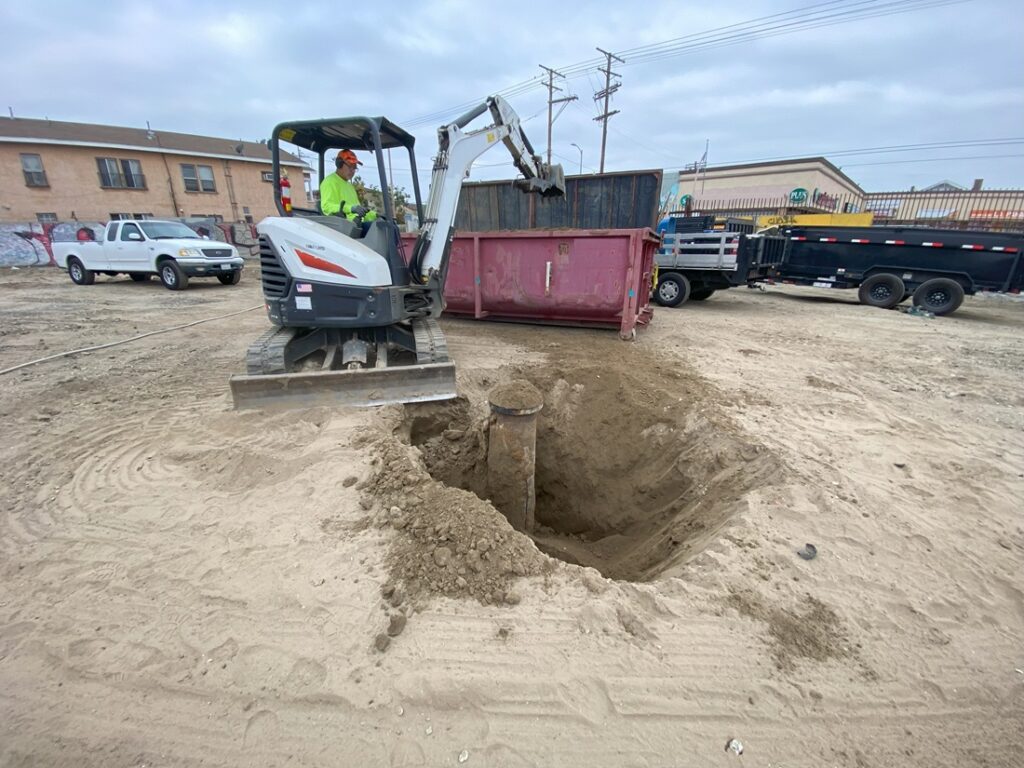Green Demolition Services
Green demolition services entail environmental compliance during the destruction of recognized environmental conditions on a property. Whereas traditional demolition involves heavy machinery and significant waste, green demolition prioritizes salvaging materials and reducing landfill debris. An eco-friendly demolition is a sustainable approach to decommissioning and dismantling buildings. Updated November 6, 2023.

Understanding Green Demolition
As of today, the construction and land development industries are hard on the environment. For example, construction typically degrades the local air quality via dust particle emittance. Additionally, it disrupts the natural infiltration of rainwater into groundwater aquifer systems. And wildlife impact occurs as the habitat undergoes change. As a result, environmentally friendly demolition services are growing in demand. And this eco-friendly method is reshaping the tearing down structures.
Key Principles of Eco-Friendly Demolition
As humans progress into a more environmentally conscious era, green demolition embraces progress in the construction industry. This eco-friendly approach preserves resources, protects air quality, and prevents soil contamination and groundwater pollution. This environmental sustainability objective aims for construction and land development methods that are harmonious with nature.
Material Salvaging
One of the primary principles is salvaging materials for reuse. This includes sorting out recyclable wood, metals, and other materials that can be repurposed. Reusable materials reduce the demand for new resources.

Waste Reduction
Traditional demolition often leads to large amounts of waste ending up in landfills. Green demolition aims to minimize this environmental impact by carefully sorting and recycling materials. This not only reduces the burden on landfills but also decreases the need for new raw materials, conserving natural resources.
Energy Efficiency
Another aspect of eco-friendly demolition is the consideration of energy efficiency during the deconstruction process. By utilizing advanced techniques and equipment, energy consumption is minimized, further reducing the carbon footprint associated with demolition activities.
Hazardous Material Management
Historical buildings typically contain hazardous materials such as lead-based paint or asbestos. Eco-friendly demolition includes a comprehensive lead and asbestos assessment and proper management of these materials, ensuring a safe and environmentally friendly process.
Underground Storage Tank Excavation & Hydraulic Lift Removal
Recognized environmental concerns generally require special care and abandonment procedures during demolition. For instance, an underground storage tank identified during a Phase I Environmental Site Assessment report may require removal. Underground tank removal requires strict environmental permitting, compliance, fuel contamination testing, remediation, and more. Similarly, an underground clarifier system and a hydraulic lift system will require a strict protocol for demolition, under the advisory of a Soils Management Plan, Phase 2 Subsurface Investigation, and geophysical survey report.

Benefits of Green Demolition
Green demolition significantly contributes to environmental preservation by reducing the demand for new raw materials, lowering energy consumption, and preventing the release of hazardous substances into the environment.
Economic Advantages of Eco-Friendly Demolition
While the initial costs of eco-friendly demolition may be slightly higher due to the careful and labor-intensive process, the long-term economic benefits are substantial. In fact, salvaged materials can provide cost savings for future construction projects if managed appropriately.
Community Engagement
Green demolition creates opportunities for community engagement, job training, and new employment in the field of sustainable deconstruction. This service not only benefits the environment but also strengthens the local construction workforce and the community as a whole.
